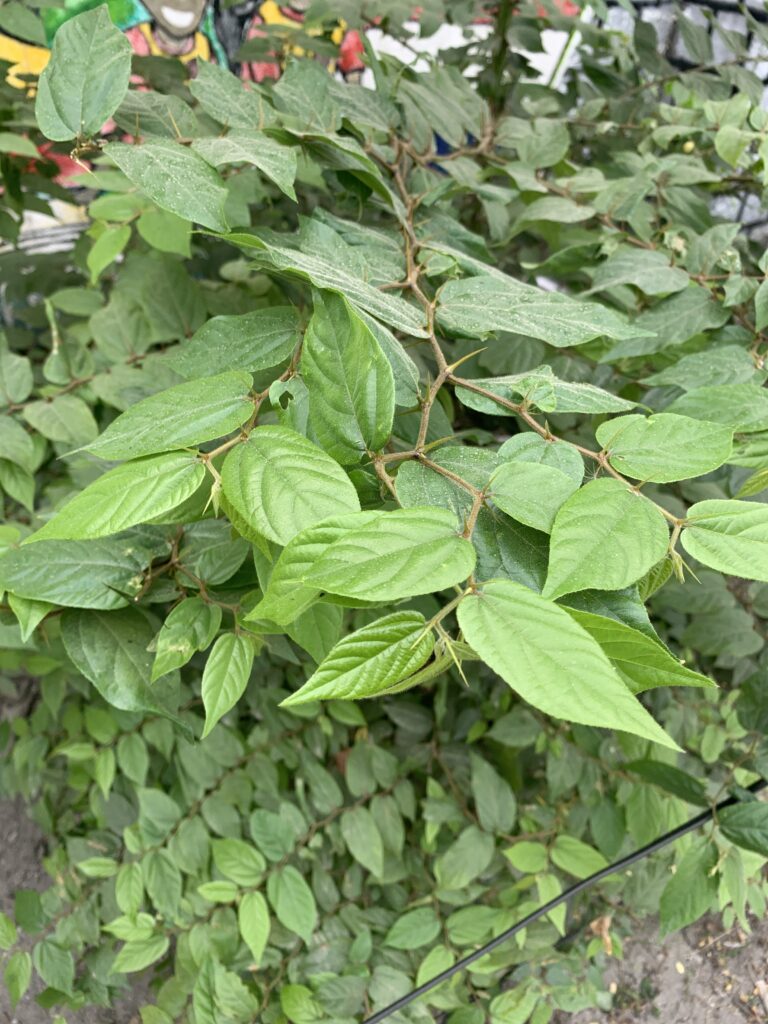
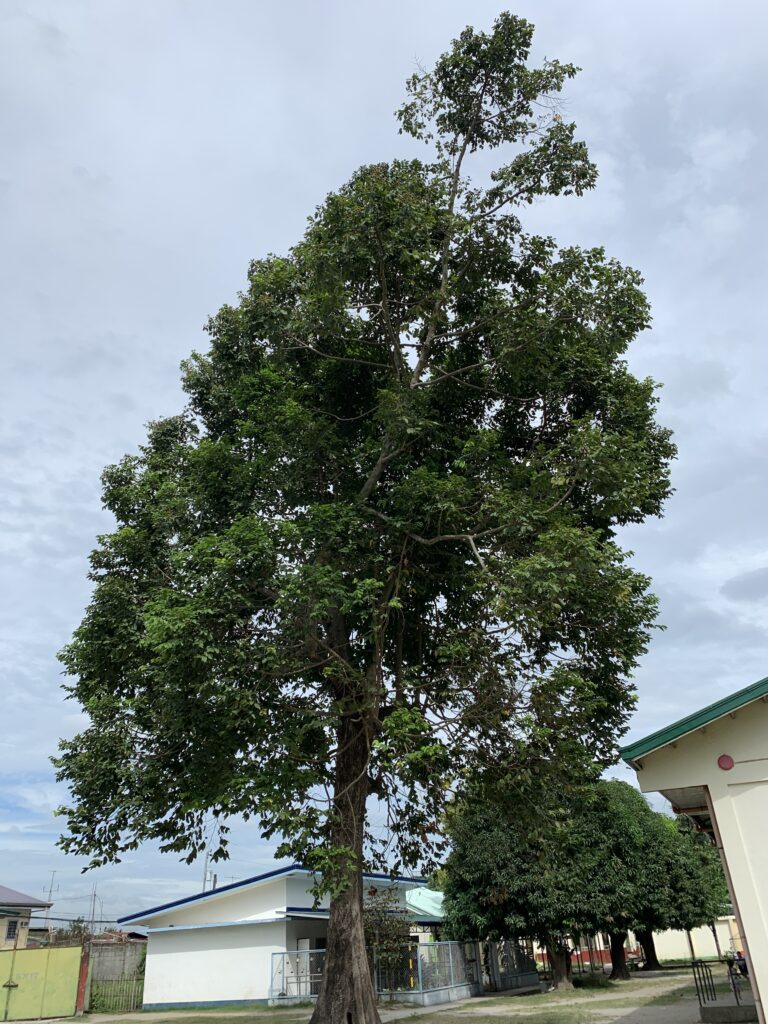
Botanical Description of Ziziphus talanai
(Anos, et al., 2009, as cited by Cunanan & Galang, 2023)
●The Z. talanai tree has short petioles, each bearing two basal spines. ●The marginal ribs are finely serrated and three in number. ● The leaves are green, narrowly oval-shaped, and slightly hairy on their surfaces. ●The leaves exhibit an alternating phyllotaxy, with lengths ranging from 2 to 7 centimeters. ● Z. talanai trees produce inconspicuous yellow-green blooms, each containing one or two stigmata. ●The fruit is a drupe, characterized by firm nuts and fleshy globules. ●The species can attain a height of 25 meters and a trunk diameter of approximately 100 centimeters.

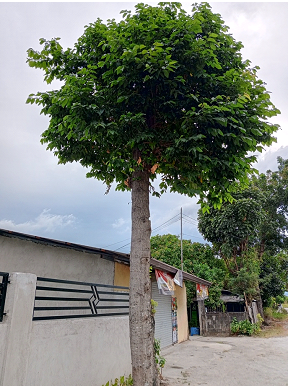
Geomorphology of Ziziphus talanai
(Junio & Yalung, 2024)
Highlights the structural and vascular characteristics of Z. talanai leaf morphology that contribute to the tree’s ecological adaptability. These morphometric traits serve as quantifiable identifiers, facilitating the recognition of the species.
● Leaf attachment: alternate
● Leaf organization: pinnately compound
● Petiole feature: base swollen
● Position of petiolar attachment: marginal
● Margin type: entire
● Lobation: unlobed
● Laminar size: mesophyll
● Laminar shape: ovate
● Laminar symmetry: base asymmetry
● Base angle: obtuse
● Base shape: covex
● Apex angle: acute
● Apex shape: convex
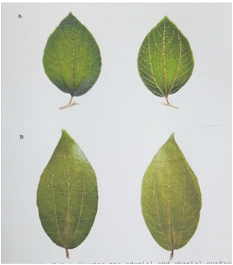
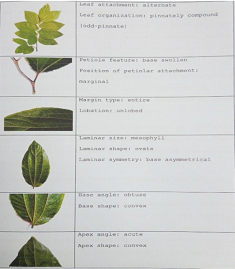
Adaxial and Abaxial surface of Balakat tree and its leaf Morphology (Junio & Yalung, 2024)
Taxonomical Classification of Ziziphus talanai

Pharmacological Properties of Ziziphus talanai
Highlights the structural and vascular characteristics of Z. talanai leaf morphology that contribute to the tree’s ecological adaptability. These morphometric traits serve as uantifiable identifiers, facilitating the recognition of the species.
● Anti-inflammatory● Antioxidant● Anti-cancer potential● Capabilities in terms of Neuroprotective (brain-related diseases)● Capabilities in terms of Cardioprotective (heart-related diseases)